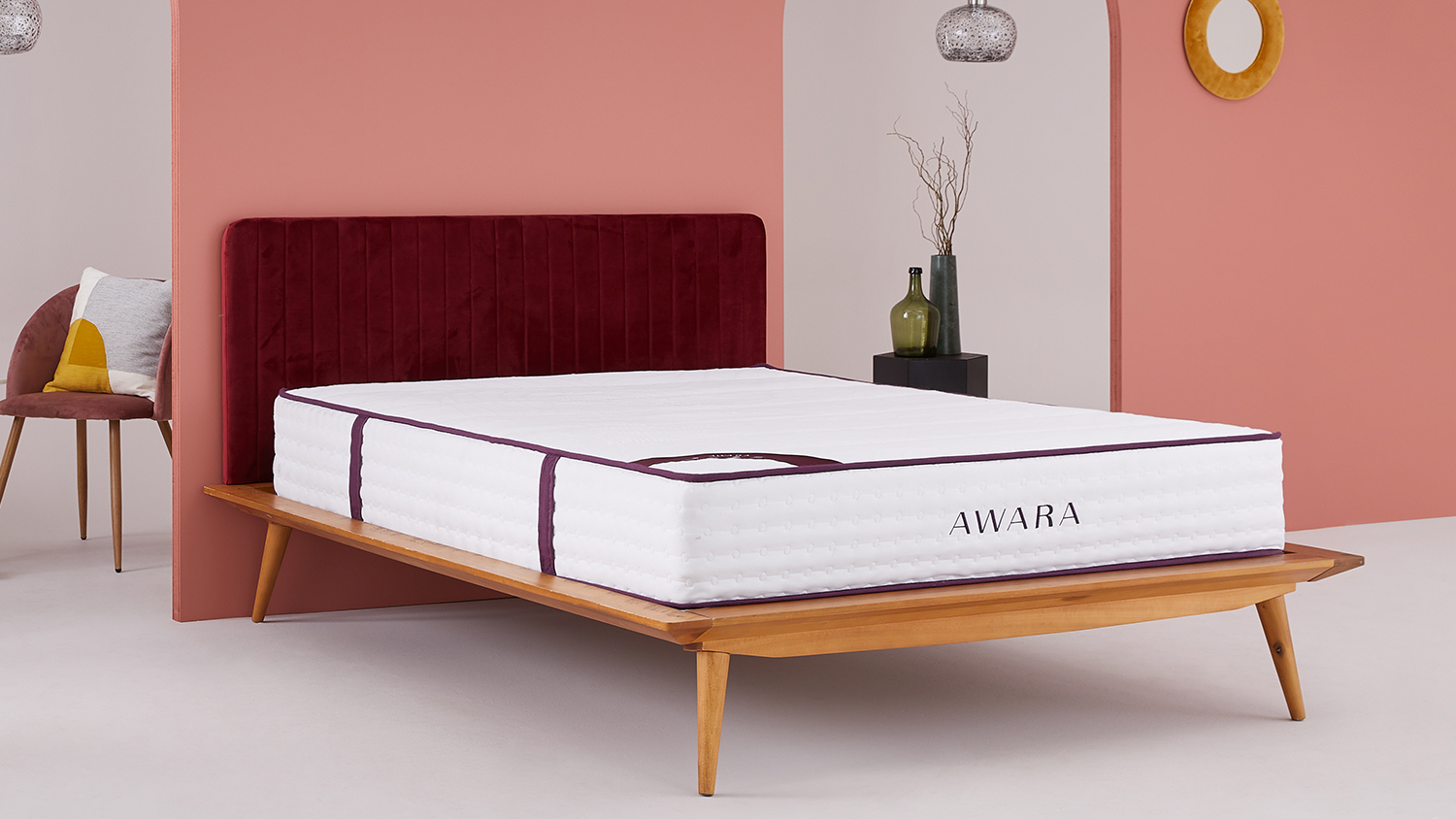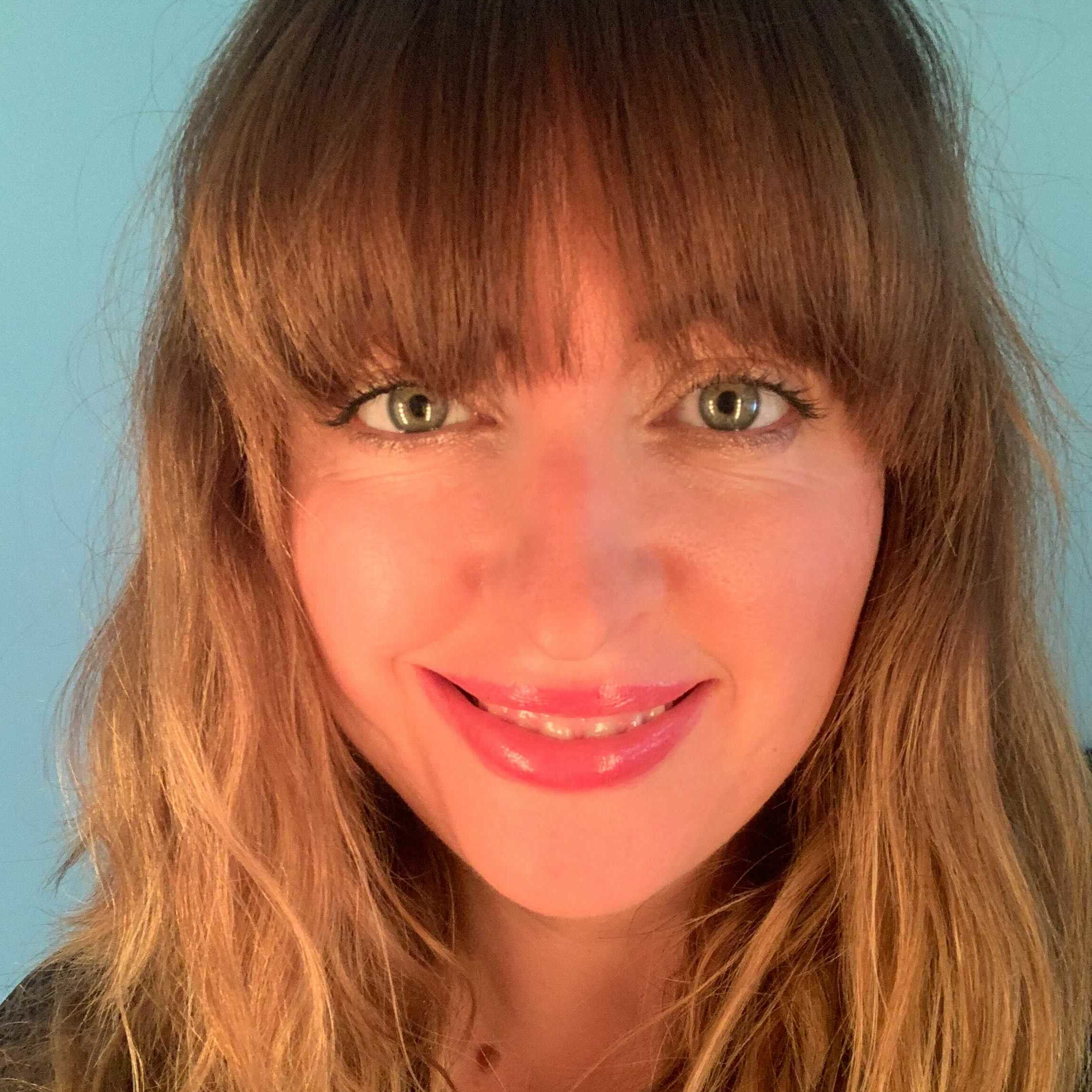What is a latex mattress and how long do they last?

Latex mattresses are among the most long-lasting of all bed types. Natural latex is durable and hard-wearing, and can last up to 20 years or longer if properly cared for. So if you’re shopping for the best mattress to last for years to come, a latex model is a great pick.
However there are pros and cons of latex mattresses, and the biggest drawback is the price: these are expensive compared to hybrid, innerspring and memory foam models. So be prepared to dig deep when shelling out initially, but once you’ve done so you can rest easy knowing that your new latex mattress will be with you for a long time.
In this article we answer: what is a latex mattress, what are the advantages, and what is the difference between latex and memory foam. We’ll also cover price, build, warranties and trials, and the brands we recommend.
What is a latex mattress?
Many of the best organic mattresses are made from latex, so it’s a popular material in natural beds. Latex was discovered by sleep specialist Dunlopillo in the 1900s and has been used in the manufacture of various home goods for quite some time.
A latex mattress is a naturally cooling bed that offers more bounce and responsiveness than memory foam. A typical latex mattress is made from layers of latex foam, and hybrid versions are made with springs to offer deeper pressure relief and better support.

The two main types of latex used in a mattress are Dunlop and Talalay. Dunlop latex foam is poured into a single mold before being baked to set it. This results in a firmer, more dense latex foam, and the structure can be bottom-heavy (more dense at the base than the top). It's ideal for structural support layers.
Talalay latex foam is more complex to make. The mold is only partially filled with the liquid mixture, and the whole thing is vacuum sealed to cause it to expand to fill the space. It's also frozen before being baked. This process results in a softer, less dense foam that's a great choice for cushiony comfort layers.
Get instant access to breaking news, the hottest reviews, great deals and helpful tips.
There's also synthetic man-made latex, a petroleum-based foam. There are significant differences between synthetic latex vs all-natural latex, so in this guide we're focusing solely on natural latex. Let’s now look at the pros and cons of natural latex mattresses…
What are the pros and cons of a latex mattress?
Latex naturally contours to your body, but from our testing experience memory foam offers more of a sink-in, body hug feel. So if you enjoy a mattress that shapes itself to your curves but doesn’t pull you in too deeply, latex is a great choice. These are the advantages and drawbacks of a latex mattress…
Pros:
- They sleep cooler than memory foam
- Latex mattresses are durable and hard-wearing
- They don’t need to be flipped
- Latex mattresses are naturally resistant to dust mites
- They have a faster bounce back rate compared to memory foam
Cons:
- Latex mattresses are expensive
- They can feel much firmer to begin with
- They are often heavier than hybrid mattresses
- They don’t isolate motion as well as memory foam does
How much do latex mattresses cost?
This depends on the build quality of the mattress, how much latex is used to make it, and whether other materials (such as springs) are used to boost the comfort, support, cooling or performance.
Latex mattresses are more widely available in the US compared to the UK and are pioneered by brands such as Avocado Green, Saatva, PlushBeds and Awara Sleep.

In fact, Awara makes one of the cheapest latex mattresses in America, with its Natural Hybrid (read our Awara Natural Hybrid mattress review) priced from $799 in most monthly mattress sales.
Prices rise steeply though, so expect to pay around $2,999 for an Avocado Latex Mattress, compared to $1,785 for a Saatva Latex Hybrid Mattress when there’s a good Saatva mattress sale happening. PlushBeds also runs 50% off deals most months, so you can buy its flagship latex mattress, the Botanical Bliss, for $1,599 in a queen size. That’s a great price compared to Saatva and Avocado Green, though none compete with Awara.
In the UK, one of the most well-known latex mattresses is the Sealy Nostromo Latex 1400 Pocket Pillow Top Mattress. It’s racked up a few awards, dishes out a universal medium-feel that suits most people, and is priced from £429 at Mattress Online – Sealy doesn’t sell direct.
So overall latex mattresses can be expensive, but they last longer, sleep cooler and offer great pressure relief for the back, shoulders and hips.
How long do latex mattresses last?
Regardless of what it’s made of, how long a mattress lasts depends on the materials used to make it, the build quality, how you care for it, how many people sleep on it each night, and the combined weight of the sleepers. A latex mattress lasts longer than every other type of bed thanks to the naturally durable and long-lasting latex foam used to make it.
The maximum lifespan of a good quality latex bed is around 20 years, but some will last 10 to 15 years before showing signs of wear and tear – cues for replacement. Mattress warranties give you an indication of how long you can expect a mattress to last, and many latex beds come with 15-year, 25-year or even lifetime warranties.
Do latex mattresses need a specialist bed frame?
Latex mattresses are quite heavy compared to all-foam and hybrid mattresses in a box, so they need a firm and supportive base that can cope with their weight.
A solid platform foundation is a decent choice but it lacks airflow, which would dilute the cooling power of your latex mattress. A strong metal or wooden slatted bed frame could be better as it will increase airflow, but make sure the slats aren’t too widely spaced apart.
Can you put a mattress on the floor? Some brands don’t mind if you place the latex mattress directly on the floor as latex mattresses, but others will say you’re voiding the warranty by doing so. Tread carefully here.

Who should buy a latex mattress?
If you want the best cooling mattress to help reduce overheating at night, consider choosing latex. You’ll especially benefit from a latex mattress if:
- You sleep hot and have night sweats or hot flushes
- You want a bed that’s naturally resistant to bed bugs
- You want a firm yet bouncy mattress
- You enjoy some contouring but not a body-hug feel
- You want a mattress that will last over 10 years
- You want a low-maintenance option that’s easy to care for
- You want a more eco-friendly mattress
Who shouldn’t buy a latex mattress?
Latex mattresses are excellent for cooler, more eco-friendly sleep, but they may not be the right choice for you if:
- You’re allergic to latex
- You want a cheap mattress that won’t break the bank
- You want a much softer bed
- You love the body-hug feel of memory foam
- You don’t need a temperature-regulating mattress
Latex mattresses are a fantastic option for most people who have the budget and the need for a cooling bed that's supportive and able to offer constant pressure relief from a natural material.
If you don't have the budget for a new mattress but want to experience the feel and cooling power of latex, we'd recommend the Saatva Latex Mattress Topper, priced from $245 at Saatva. It's one of the best mattress toppers for instantly boosting the comfort of an older bed.

Claire is a Certified Sleep Science Coach and the Managing Editor of Sleep at Tom's Guide. She curates our mattress guides and oversees our rigorous mattress testing procedures. Claire has over 16 years' product review experience and is connected to a wealth of globally renowned sleep experts including mattress designers and buyers, neuroscientists, and doctors of sleep medicine. As the Managing Editor of our Sleep and Mattress Team, Claire is responsible for all mattress and sleep content published on Tom’s Guide and is our expert on Saatva, DreamCloud, and Nectar mattresses. Claire is also certified to advise people on how to choose a mattress that suits their needs and budget, as well as helping them to create a nighttime routine and bedroom environment that helps them sleep better.
